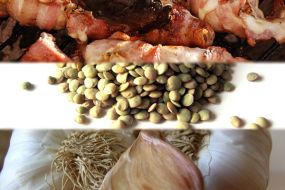Retrospectical Podcast (Episode 06) - The History, Passion & Pursuit of Bacon
This week's retrospectical episode is all about bacon. We start all the way back to the beginning and talk about how bacon was first 'discovered' and used before it became a widespread global phenomenon. We also go in-depth about the different kinds of bacon out there, and how asking for some 'bacon' may net you different results depending on where you are in the world! Check out the full article here: http://www.drinkfive.com/general/item/221-the-history-passion-pursuit-of-bacon
(Retrospectical Podcast Episode 06: The History, Passion & Pursuit of Bacon)
Seth Zurer, co-founder of Baconfest Chicago joins us for a quick interview about the festivities at Baconfest this year - if you're in the Chicago area be sure not to miss it! We're crazy for bacon but everyone we introduce to Baconfest falls in love at first bite.
Update: Badass Candied Bacon. You're welcome.
The History, Passion and Pursuit of Bacon
A Quick History of Bacon
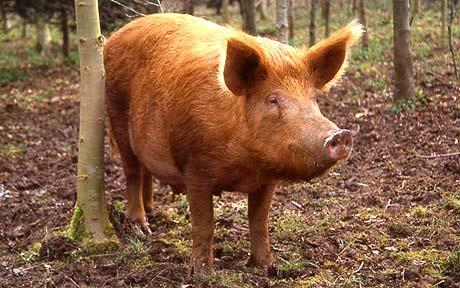 A quick thank you to all the pigs out there, for your service.Pigs weren’t always the domesticated and farm-raised animals that we are familiar with today; modern pigs all originally came from several different populations of wild pigs in Europe and Asia. People hunted wild boar and their meat became very sought after but dangerous to obtain because of their teeth and tusks. At around the same time in Asia and Europe, people began to tame pigs and use salt to cure the meat (including the pork belly) so that it could last longer and this cured pork could arguably be referred to as the foundation for what we call bacon today.
A quick thank you to all the pigs out there, for your service.Pigs weren’t always the domesticated and farm-raised animals that we are familiar with today; modern pigs all originally came from several different populations of wild pigs in Europe and Asia. People hunted wild boar and their meat became very sought after but dangerous to obtain because of their teeth and tusks. At around the same time in Asia and Europe, people began to tame pigs and use salt to cure the meat (including the pork belly) so that it could last longer and this cured pork could arguably be referred to as the foundation for what we call bacon today.
Another early variation of bacon came from Ancient Rome and was called “petaso”. Petaso was made by boiling the pork with figs and then searing it in a fire and seasoning it with a pepper sauce. A great pairing.. there are still quite a few ‘pig and fig’ dishes out there that I’ve had at restaurants and gastropubs.
Let’s jump to the Middle Ages in England. Lots of food historians believe that farmers raising pigs in this period of time may have begun to notice that some pigs had meatier sides than others. They would have bred these pigs to continue that trend because there have been accounts of a cut of pork belly and pork loin that was cured and eaten (the closest resemblance yet to modern day bacon) by the people at that time. This ends up being more like what we call ‘back bacon’. This is a leaner cut, wet or dry cured, that is not smoked and is still quite popular today in England.
(Listen to the Retrospectical Podcast Episode 06 all about bacon, including an interview with Baconfest Chicago co-founder, Seth Zurer)
A few hundred years afterward, peasants in Europe began to smoke the bacon, roughly following the same set of preparations that we do today. After acquiring some good quality cured pork bellies, they must be dried completely so that a pellicle (coating of proteins) forms over the meat. This is so the meat will absorb the smoke better and not dry out the insides. Then the pork bellies are smoked – generally for a long period of time at a relatively low temperature. At this point, they can be sliced to whatever thickness is preferred and cooked.
Back in the 17th and 18th centuries in England, nearly everyone owned pigs and had their own secret recipes for bacon (city dwellers were even allowed to keep pigs in their basements for those purposes until that was made illegal in the 1930’s). Obviously more of the bacon came from local farms and butchers but regardless, this explosion of such a variety of different kinds of bacon, sausage and other pork products must have been something to behold.
Toward the end of the 18th century, a bacontrepeneur named John Harris pioneered a new way of curing pork bellies in a brine that proved to be both quicker and more cost-effective. This started the bacon revolution full force, with hundreds of companies forming thereafter using his techniques or similar to get low-cost bacon out to the masses. This should be looked at as a compromise, however, as it is more than likely that the ‘craft’ dry-cured bacon that was previously being made by the people was much tastier and also higher quality product.
What Different Kinds of Bacon Are There?
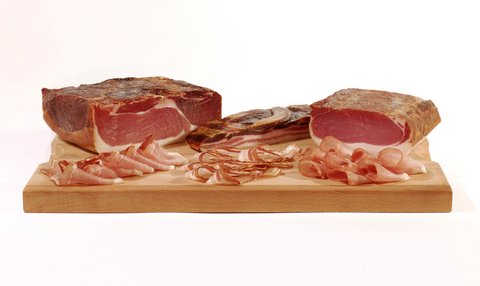 All the bacons.. MMmmMMmmMM..Side bacon, or streaky bacon, comes from pork belly. It is very fatty with long layers of fat running parallel to the rind. This is the most common form of bacon in the United States. Pancetta is Italian streaky bacon, smoked or un-smoked, with a strong flavor. It is generally rolled up into cylinders after curing.
All the bacons.. MMmmMMmmMM..Side bacon, or streaky bacon, comes from pork belly. It is very fatty with long layers of fat running parallel to the rind. This is the most common form of bacon in the United States. Pancetta is Italian streaky bacon, smoked or un-smoked, with a strong flavor. It is generally rolled up into cylinders after curing.
Middle bacon, from the side of the animal, is intermediate in cost, fat content, and flavor between streaky bacon and back bacon.
Back bacon (rashers, or, in the United States, Canadian bacon) comes from the loin in the middle of the back of the pig. It is a very lean, meaty cut of bacon, with less fat compared to other cuts. It has a ham-like texture. Most bacon consumed in the UK is back bacon.
Cottage bacon is thinly sliced lean pork meat from a shoulder cut that is typically oval shaped and meaty. It is cured and then sliced into round pieces for baking or frying.
Jowl bacon is cured and smoked cheeks of pork.
Slab bacon is side bacon that is not sliced. It generally has the rind still intact, and usually has a medium to very high fraction of fat. It is made from the belly and side cuts, and from fatback. Slab bacon is not to be confused with salt pork, which is prepared from the same cuts, but is not cured.
(Click on the picture for a full-size version that you can actually read!)
5 Interesting Facts About Bacon
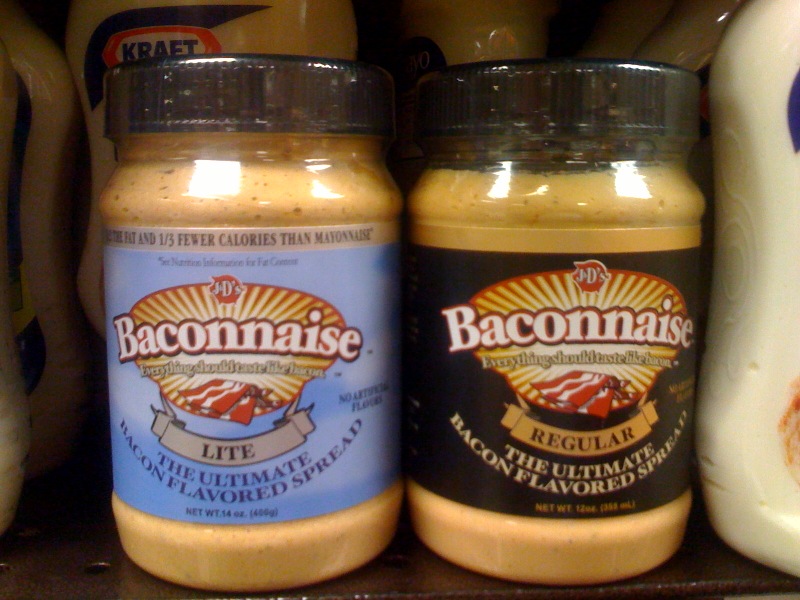 Bet you thought Baconnaise contained bacon.. think again!Bacon Explosion is one of the most popular dishes in the world after it went viral on the internet several years ago.. The Bacon Explosion is made of bacon, sausage, barbeque sauce and barbeque seasoning or rub. The bacon is assembled in a weave to hold the sausage, sauce and crumbled bacon. Once rolled, the Bacon Explosion is cooked, basted, cut and served.
Bet you thought Baconnaise contained bacon.. think again!Bacon Explosion is one of the most popular dishes in the world after it went viral on the internet several years ago.. The Bacon Explosion is made of bacon, sausage, barbeque sauce and barbeque seasoning or rub. The bacon is assembled in a weave to hold the sausage, sauce and crumbled bacon. Once rolled, the Bacon Explosion is cooked, basted, cut and served.
- Bacon is addictive – not just because of how good it is! It contains large amounts of glutamate, which actually produces stimulates the umami receptors in the brain and gives us a specific savory taste and lasting sensation. Interesting stuff.. other foods known to have this effect include: beef, potatoes, parmesan cheese and shellfish. Yum!
- A bacon sandwich really does cure a hangover: "Bread is high in carbohydrates and bacon is full of protein, which breaks down into amino acids. Your body needs these amino acids, so eating them will make you feel good." "Bingeing on alcohol depletes neurotransmitters too, but bacon contains a high level of aminos which tops these up, giving you a clearer head." Researchers also found a complex chemical interaction in the cooking of bacon produces the winning combination of taste and smell which is almost irresistible.
- Baconnaise is vegetarian.. yup. Believe it or not, they mock this dressing up to taste just like the real thing but it actually contains none of it!
- 70% of bacon in the U.S is eaten at breakfast time. This may seem perfectly reasonable, but it didn’t start off this way. In fact, it’s really pretty much only due to the meddling of Sigmund Freud’s nephew.. who - to no great surprise - was skilled in psychology, and therefore advertising. Mr. Edward Bernays. He, through a Beech-Nut Packing Company ad campaign (they manufactured a lot of pork products among other things), convinced the American public that a heavier breakfast (bacon and eggs, specifically) would be beneficial. This was backed up by some of his friends in the medical industry through a study that was performed. Immediately during and after the campaign, bacon became a huge part of the traditional American breakfast.
3 Unique Food Festivals in the US
One of the best things that the Spring and Summer seasons bring to us each year are the magnificent array of food festivals that spread across the United States. Just right here in the Chicago-land area where drinkfive.com is based, for example, there are thousands of food festivals ranging from small 'taste of' style fests to larger specialized fests featuring ethnic cuisines (GREEK FEST, FIESTAS PUERTORRIQUEÑAS) or centered around specific types of food (NAPERVILLE RIB FEST, ROSCOE VILLAGE BURGER FEST).
I'm certainly not discounting how great some of those can be, but the really interesting fests to me are the ones that go even more in-depth with one specific ingredient. We're taking a closer look at 3 food festivals in the US: Baconfest Chicago, the Gilroy Garlic Festival and the National Lentil Festival. Check out the podcast below, including interviews with Baconfest co-founder Seth Zurer, National Lentil Festival director Alexandria Anderson and Gilroy Garlic Festival President Dave Reynolds.
(Listen to the Retrospectical Podcast, Ep15: Unique Food Festivals in the US)
1. Baconfest Chicago (April 30 - May 1, 2016 | Chicago, IL)
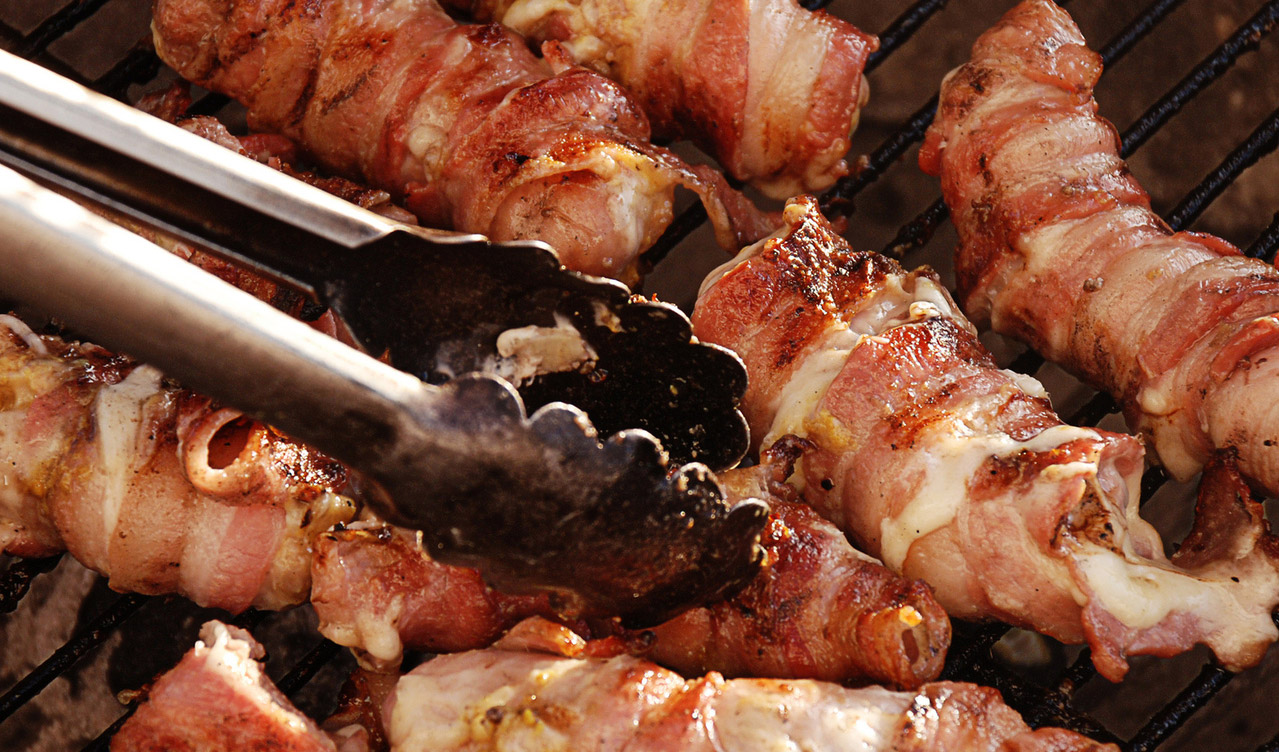
Baconfest started in 2008 as the realization of an idea among a few friends (Michael Griggs, Andre Vonbaconvitch and Seth Zurer), and has since grown to become a "world-class culinary and cultural festival dedicated to all things Bacon". It has been held at the UIC Forum for the past several years, and is always met with sold out crowds and unbridled enthusiasm. The basic idea is to host some of the best culinary minds in Chicago in one place and allow them the freedom to create unique and delicious dishes with a porcine palette. Baconfest also has close ties to charity and works directly with the Greater Chicago Food Depository to provide meals to those locally in need from a portion of the proceeds each year.
(Interview with Baconfest founder Seth Zurer, March 2016)
Tickets for Baconfest Chicago 2016 are still available as of the publishing of this article and you can find more information about pricing and availability here.
Dishes at Baconfest have the distinction of being prepared by some of the most talented and recognized chefs in the Chicago area – here are a few dishes that were served last year, for example:
Woodhaven Bar and Kitchen – Zach Prince
The Ultimate Bacon Bison Bite – cherrywood bacon and goat cheese infused bison with pepperoni aioli and jalapeño, wrapped in smoked bacon and drizzled with a blueberry buffalo bacon dipping sauce
The Bad Apple – Craig Fass
Gulliver’s Travels – porchetta stuffed with jagdwurst (bacon sausage) in a blanket of bacon, apple and jicama Slaw, on a bacon crustini
Honey Butter Fried Chicken – Christine Cikowski & Josh Kulp
Fried Chicken French Toast – with bacon honey butter and maple bourbon syrup
Quince Restaurant – Kristine Antonian
When Pigs Fly – chocolate bacon oreo, bacon pop rocks
Three Floyds Brewpub – Pat Niebling
Bacon and ‘Nduja Hot Link – with bacon jam, pickled fennel and Dark Lord hot sauce
5 Facts about Bacon:
- Starting the day with a high protein, high fat breakfast such as bacon and eggs improves metabolism and further facilitates circulation and digestion!
- 70% of all bacon in the U.S. is eaten at breakfast; and 59% of bacon is consumed on weekdays!
- Bacon is addictive! It contains 6 types of umami, umami produces an addictive neurochemical response.
- Women who are pregnant should eat bacon! Bacon contains choline which helps in fetal brain development.
- Three slices of cooked bacon contains about 100 calories! And almost half of the fat in bacon is “good fat” that can help lower cholesterol (all in moderation).
2. National Lentil Festival (August 19 - 20, 2016 | Pullman, WA)
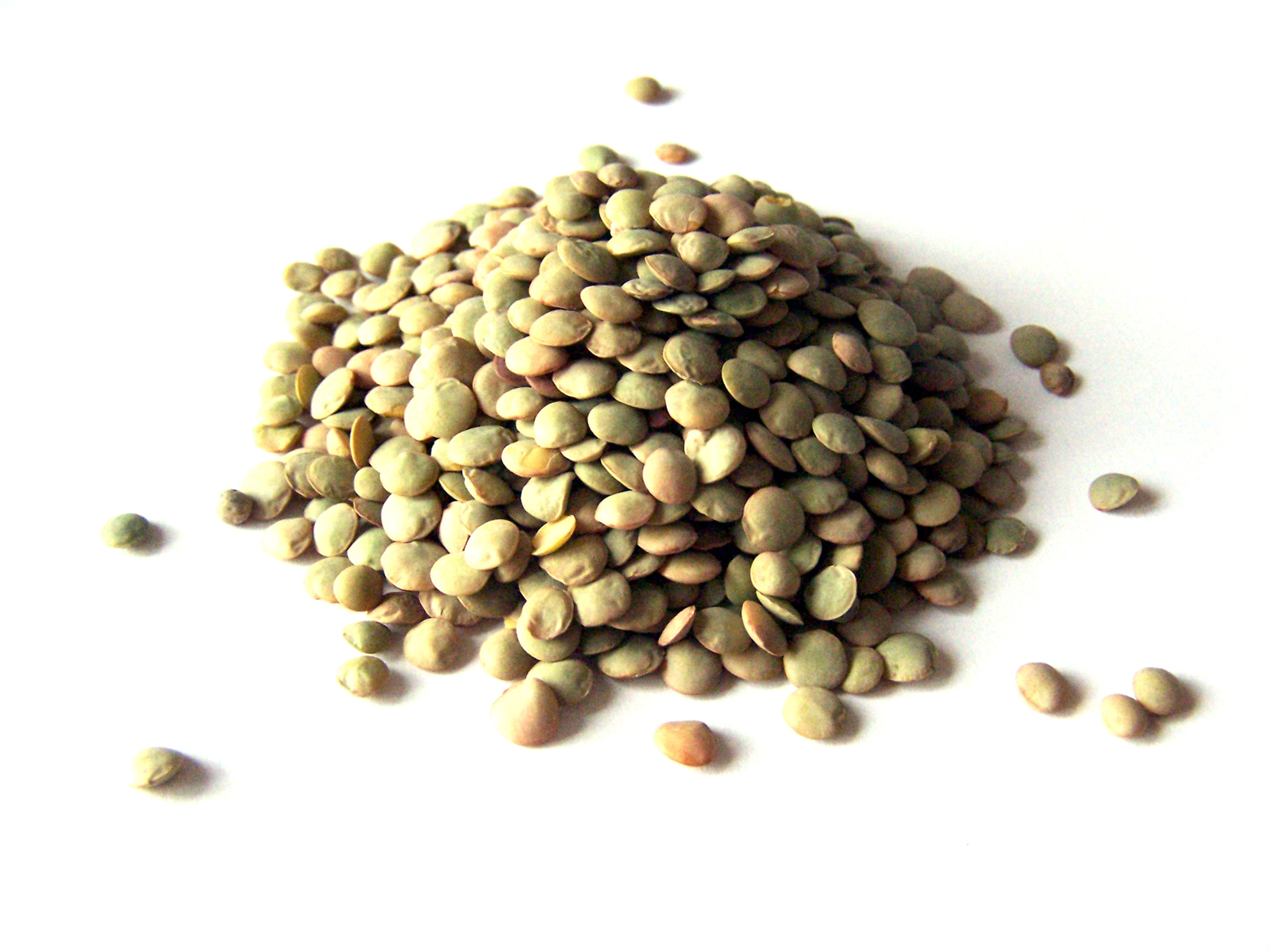
The National Lentil Festival has been running since 1989 and is hosted in Pullman, WA in the Palouse region, which grows a quarter of the lentils in the United States. In doing some preparation for this article & podcast, I cam across a surprising number of people that weren't really even sure what lentils were. What are they? Well, they’re from the legume family that includes peas and beans as well and it looks like they are just about to break out to be a rock star ingredient over the next few years. Here’s why: they’re the 3rd highest in protein among all nuts and legumes, they have more potassium in a serving than a banana, and they’re loaded with fiber and folate. They’re great in curries, stews, salads, chilis, fritters, soups and just cooked as a side to roast meats like pork or cooked fish like halibut, salmon, etc.
The festival features the Legendary Lentil Cook-off, which flies in several finalists each year to compete for top honors and the $2,000 grand prize. It also boasts live entertainment and a ton of activities and attractions including the 5K Fun Run and the World's Largest Bowl of Lentil Chili. A focus on charity is also present here, and their Feeding Children Everywhere event in 2015 gathered volunteers to hand-package more than 25,000 meals to be given to local people in need. The meals consisted of lentils, dehydrated vegetables, pink Himalayan salt and rice, making the meal all-natural, soy-free, gluten-free, preservative-free, kosher certified and vegan. Nice work, Lentil fest!
(Interview with Lentil Festival Director Alexandria Anderson, March 2014)
Tickets to the 2016 National Lentil Festival are free - so go check it out!
5 Facts about Lentils:
- They were found in the tombs of the Ancient Egyptians in 2400BC.
- The optical lens is named after the Latin word for lentil.
- Lentils come in all shapes and colors – brown, yellow, red and black.
- Lentils are easy to cook and don’t need soaking like dried beans.
- The Soluble fiber in lentils helps keep your cholesterol down and blood sugars under control.
3. Gilroy Garlic Festival (July 29 - 31, 2016 | Gilroy, CA)
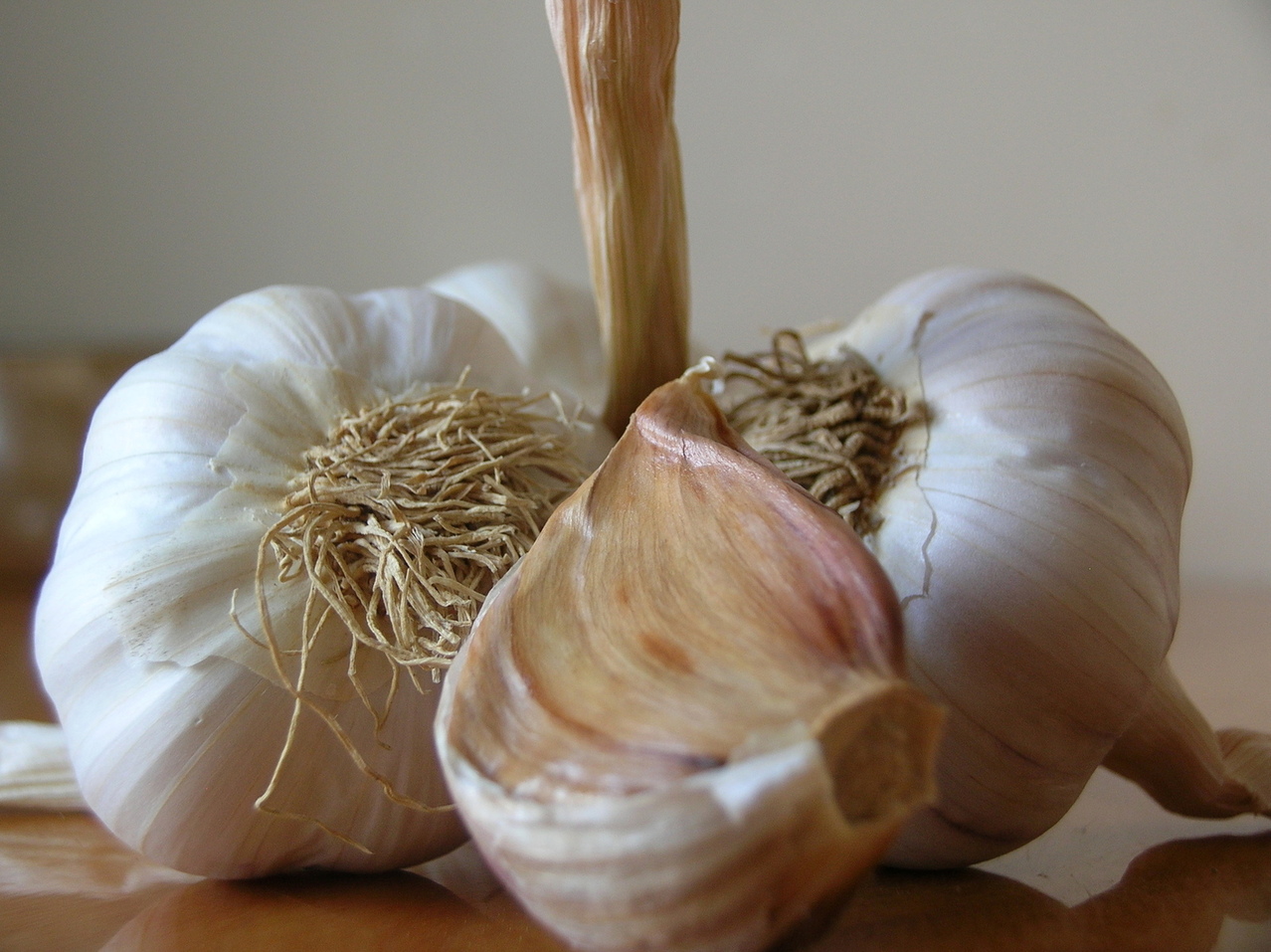
So that brings us to our final food festival, the Gilroy Garlic Festival in Gilroy, CA. Just south of San Francisco. Definitely the oldest (this will be the 38th annual) and the largest-drawing (crowds totaling over 100,000 people over the 3-day) fest that we’re featuring, this thing is a huge event each year! Mainstays of the festival include food booths serving up everything from garlic kettle-corn to garlic ice cream and wine, live music on multiple stages, commercial vendors and multiple cook-off events like the Great Garlic Cook-Off Contest and the Garlic Showdown.
The long-running festival has raised over 10 Million dollars for charities and non-profit organizations since its conception. In the Volunteer Equity Program, instituted by the Gilroy Garlic Festival founders in 1979, net profits from the three-day event are distributed to local schools, sports teams, non-profit groups, and service organizations based on the number of hours logged at the Festival by volunteers for those organizations. Many non-profit groups in Gilroy and surrounding communities depend on the Garlic Festival as their primary fundraiser each year.
(Interview with Garlic Festival President Dave Reynolds, March 2014)
Ticket information can be found here and we urge you to make a trip out to Gilroy for the fest!
5 Facts about Garlic:
- Garlic used to be called Russian penicillin & given to soldiers in WW2 as medicine.
- Garlic is one of the healthiest foods on earth with many health properties: anti blood coagulation, antioxidant, antiviral, antimicrobial, lowers cholesterol, anticancer properties and really helps fight the common cold.
- In ancient Greece, brides carried bouquets of herbs and garlic, not flowers.
- The most cloves of garlic eaten in one minute is 34, achieved by Deepak Sharma Bajagain of Nepal.
- The city of Chicago is named after garlic. 'Chicagaoua' was the Indian word for wild garlic.
So that brings us to our final food festival, the Gilroy Garlic Festival in Gilroy, CA. Just south of San Francisco. Definitely the oldest (this will be the 38th annual) and the largest-drawing (crowds totaling over 100,000 people over the 3-day) fest that we’re chatting about tonight, this thing is a huge event each year!
To celebrate the California festival we have a special beer from Stone Brewing, based in Escondido, CA – called Old Guardian, a barley-wine style ale. [Discuss beer, chat, etc]
Favorite dishes with garlic in them?
1. Garlic used to be called Russian penicillin & given to soldiers in WW2 as medicine.
2. Garlic is one of the healthiest foods on earth with many health properties: anti blood coagulation, antioxidant, antiviral, antimicrobial, lowers cholesterol, anticancer properties and really helps fight the common cold.
12. In ancient Greece, brides carried bouquets of herbs and garlic, not flowers.
14. The most cloves of garlic eaten in one minute is 34, achieved by Deepak Sharma Bajagain of Nepal.
13. The city of Chicago is named after garlic. 'Chicagaoua' was the Indian word for wild garlic.
Recent Articles
-
NFL Confidence Pool Picks & Strategy 2024 - Week 18
 To say this has been a year of uncertainty is an understatement. So many injuries, coaching changes, player issues shaped…in Fantasy Football / NFL
To say this has been a year of uncertainty is an understatement. So many injuries, coaching changes, player issues shaped…in Fantasy Football / NFL -
NFL Confidence Pool Picks & Strategy 2024 - Week 17
 Christmas is indeed the time of giving. And this year, the NFL is giving us a double-header on Christmas Day…in Fantasy Football / NFL
Christmas is indeed the time of giving. And this year, the NFL is giving us a double-header on Christmas Day…in Fantasy Football / NFL -
NFL Confidence Pool Picks & Strategy 2024 - Week 16
 Normally, being just a few weeks away from the end of the season, playoff positions are solidified and we need…in Fantasy Football / NFL
Normally, being just a few weeks away from the end of the season, playoff positions are solidified and we need…in Fantasy Football / NFL -
NFL Confidence Pool Picks & Strategy 2024 - Week 15
 Finally! They’re done! We are heading into week 15 and FINALLY we are done with bye weeks! 16 games a…in Fantasy Football / NFL
Finally! They’re done! We are heading into week 15 and FINALLY we are done with bye weeks! 16 games a…in Fantasy Football / NFL
 Please wait...
Please wait...


